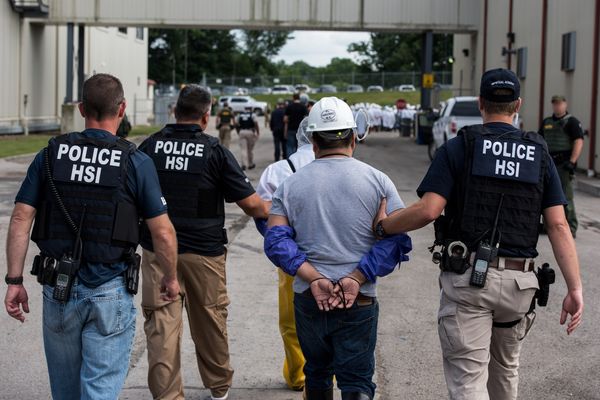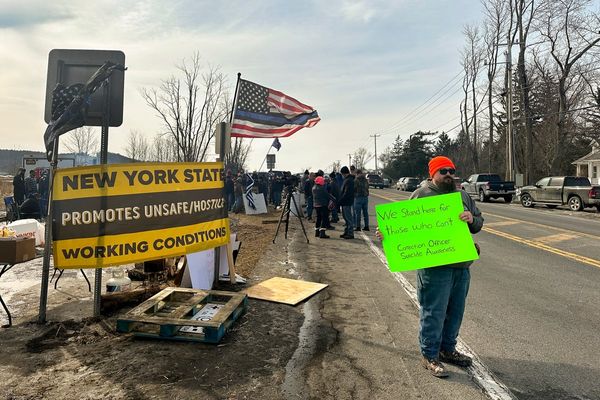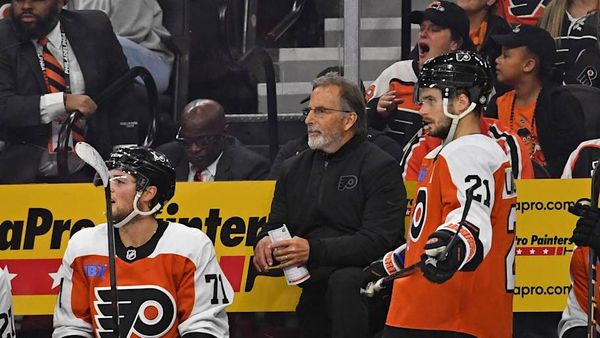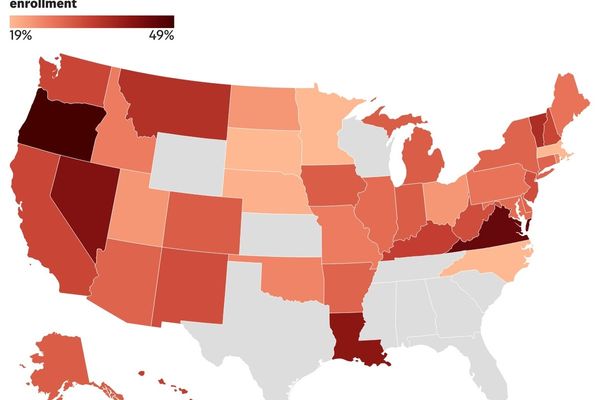AN Israeli official says prime minister Benjamin Netanyahu will dispatch negotiators to resume Gaza ceasefire talks.
Diplomatic efforts aimed at ending the nine-month war in Gaza appear to be stirring back to life after a weeks-long hiatus.
On Wednesday evening, the militant Hamas group said it gave mediators its latest response to a US-backed proposal for a phased ceasefire.
The US has rallied world support behind a plan for a phased ceasefire that calls for the release of all of the scores of hostages still held by Hamas in return for a lasting truce and the withdrawal of Israeli forces from Gaza.
But until now, neither side appears to have fully embraced it.
Hamas suggested “amendments” to the proposal last month, some of which the US said were unworkable, without providing specifics.
For his part, Netanyahu has given conflicting stances — he confirmed that the original proposal was an Israeli one but he has also said he would accept only a partial deal, after which Israel would return to its military campaign to destroy Hamas.
A US official said the Biden administration was examining Hamas’s latest response, calling it constructive but saying more work needed to be done.
Hamas political official Bassem Naim said the group has neither accepted nor rejected the American proposal and has “responded with some ideas to bridge the gap” between the two sides, without elaborating.
Ismail Haniyeh, Hamas’ top political leader, shared suggestions with Egyptian, Qatari and Turkish officials, according to Hamas’ statement late on Wednesday.
US officials have said the latest proposal has new language that was proposed to Egypt and Qatar on Saturday and addresses indirect negotiations that are set to commence during the first phase of the three-phase deal that president Joe Biden laid out in a May 31 speech.
The first phase calls for a ceasefire, a withdrawal of Israeli forces from all densely populated areas of Gaza and the release of a number of hostages, including women, older people and the wounded, in exchange for the release of hundreds of Palestinian prisoners.
The proposal called for the parties to negotiate the terms of the second phase during the 42 days of phase one.
Under the current proposal, the negotiations are meant to lead to a “sustainable calm” and the withdrawal of all Israeli troops from Gaza – with the release of all remaining men, both civilians and soldiers, held captive by Hamas in return for an Israeli release of Palestinian prisoners.
The third phase would see the return of the remains of hostages.
The transition from the first to the second phase has appeared to be the main sticking point.
Hamas is concerned that Israel will restart the war after the first phase, perhaps after making unrealistic demands in the talks.
Israeli officials have said they want the negotiations to lead to Hamas’ removal from power in Gaza — a provision not spelled out in the proposal.
They have also pushed for a time limit on negotiations to keep pressure on Hamas and prevent it from drawing out talks and the initial ceasefire.
In a lengthy television interview last month, Netanyahu said that he was prepared to make a “partial deal”, but was committed to continuing the war “after a pause” in order to annihilate Hamas.
Later, speaking before Israel’s parliament, he said Israel remains committed to the deal outlined by Biden.
The war began when Hamas-led militants launched a surprise attack on October 7 into southern Israel, attacking multiple army bases and farming communities and killing around 1200 people, mostly civilians.
They abducted another 250 people, more than 100 of whom were released during a weeklong ceasefire in November. Militants are still holding around 80 hostages and the remains of 40 others.
In its campaign in Gaza since the attack, Israel has killed more than 38,000 Palestinians, according to health officials in Gaza, who don’t say how many were civilians or militants.
Israel’s bombardment, ground offensives and restrictions on Gaza have caused vast destruction across the territory, displaced most of its population of 2.3 million — often multiple times — and caused widespread hunger, raising fears of famine.







